CHIEVRES, Belgium - Cyclists from across Europe traced history's footsteps as nearly 300 riders from America, Belgium, Canada, France, Germany and Luxembourg traversed lower Normandy's beaches and battlefields to mark the 64th Anniversary of D-Day June 6.
In all, 28 cyclists from the Installation Management Command-Europe and U.S. Army Europe footprint rode where the Allied forces "Operation Overlord" invasion took place along the Normandy coast in World War II.
The initial battles in Normandy strengthened the Allied presence there hourly. By the end of June 1944, more than one million combined American, British and Canadian forces had carved an Allied foothold into the French countryside, supported by 177,000 vehicles and 586,000 tons of supplies.
The cyclists pedaled through the hedgerows where the 101st Airborne Division and their Band of Brothers jumped into the fight around midnight near Saint-Mere Eglise, a total of 23,500 American and British paratroopers initiating the invasion.
They were greeted by waving well-wishers as they past through Saint-LAfA', Sainte-Mere Eglise, Utah Beach, and other villages along their three-day, 362-kilometer (225-mile) bicycle tour of the "Road to Liberty."
Four members of the ChiAfA..vres Garrison community participated in this year's event - Jeff Brunt and Kevin Bookman with the 650th Military Intelligence Group; Ronnie Wint, serving with the 39th Signal Battalion and Kristopher Lindsey, who works in the Directorate of Plans, Training, Mobilization and Security at U.S. Army Garrison Benelux. They rode through lower Normandy visiting historical sites portrayed by such recent movies as "Saving Private Ryan" and the mini-series "The Band of Brothers."
Most of the cyclists cited the joy of cycling for joining the event, others commented on tracing the footsteps of "The Greatest Generation."
"I'm a cycling enthusiasts and this tour allowed me to combine cycling with history," said Brunt, a retired Soldier who works as a civilian employee for 650th MI. "The area is absolutely beautiful and the points of history are chilling."
The Road to Liberty, which follows Gen. George S. Patton's path toward the Battle of the Bulge in Bastogne, is celebrated yearly with bicycle tours rotating from Normandy, then Bastogne.
The men and women from European and North American countries gather with one passion, "To honor the young Soldiers who fought and gave their lives for our democracy and freedom," wrote Alain Cousin, one of the event's deputies wrote to participants.
The tour was also a chance for Soldiers to honor the contributions of their fellow countrymen decades past.
"With the current optempo of our forces, it's sometimes hard to get time to enjoy events like these," said Ron Rasch, USAREUR deputy political advisor located in Heidelberg, Germany and one of the cycling leaders of the tour. "We have had great weather and a great reception in every town we have visited."
Jean Klein, also from Heidelberg, has ridden in 22 of the past 23 Rode to Liberty cycling tours. "We used to travel from Cherbourg, France to Bastogne, Belgium (743 miles/1197 kilometers); and one year we travelled from Cherbourg to Strasbourg.
Another cyclist flew in from Colorado. Liz Ford participated in her first Liberty Tour while visiting a friend from Weisbaden, Germany.
"Part of the pleasure of participating in such an event is the people you meet and the friendships you make," said Frank Wacket from Luxembourg. Wacket explained that by speaking six languages, he could ride with peloton members from any nation participating and speak in their native language.
"I've been in the Army for 24 years," said Mike Buckley, from U.S. Army Garrison Stuttgart. "Events like this are why I still wear it today." After visiting Sainte-Mere Eglise on D-Day, "Standing where Soldiers were fighting and dying for freedom and liberty, how can you not get emotional," added Buckley, an explosive ordnance disposal soldier.
Others on tour, like Mondeville, France native Roland Auvrey, rode in the peloton sharing smiles with Soldiers, civilians, countrymen - sharing their joint history. He explained in his native French "The world owes those who came on that longest day 64 years ago, a debt of gratitude - for they had changed the course of history."
This 20th edition of the event in Normandy may be its last event as Pierre Guillard, the president of the local cycling club who has served as the event coordinator in the Normandy area is stepping down and a successor hasn't been found.
"Memory, liberty, peace.... Those three words, those three ideas represent the spirit of the cycling tour of the three days of liberty," Guillard wrote to the group participating in this year's event. "This event is part of the memory of those thousands of men, often young men, who were killed in Normandy and in Europe to free us from the Nazi occupation. Through this cycling tour, we want to defend those three ideas while rallying our sport to history."
(J.D. Hardesty is editor of the Benelux EDGE newspaper.)
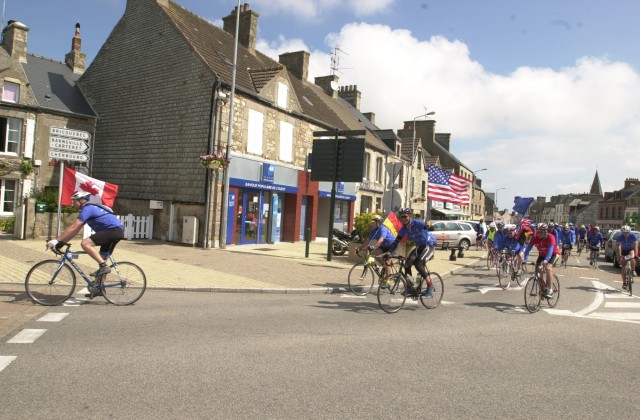
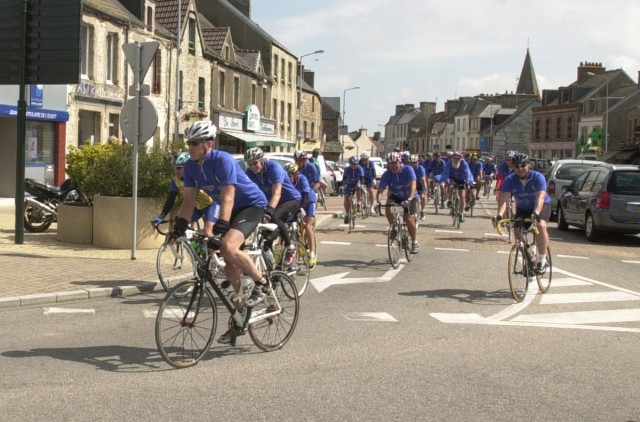
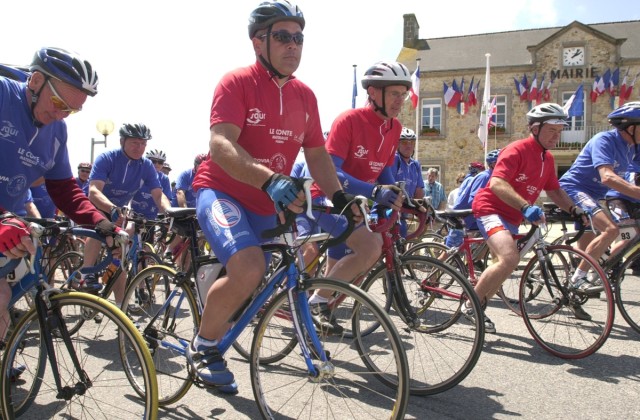
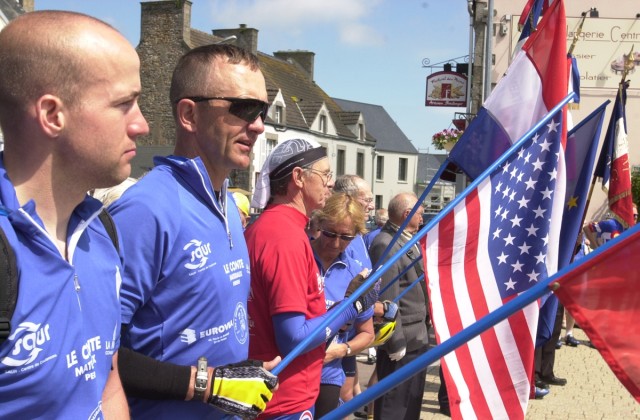
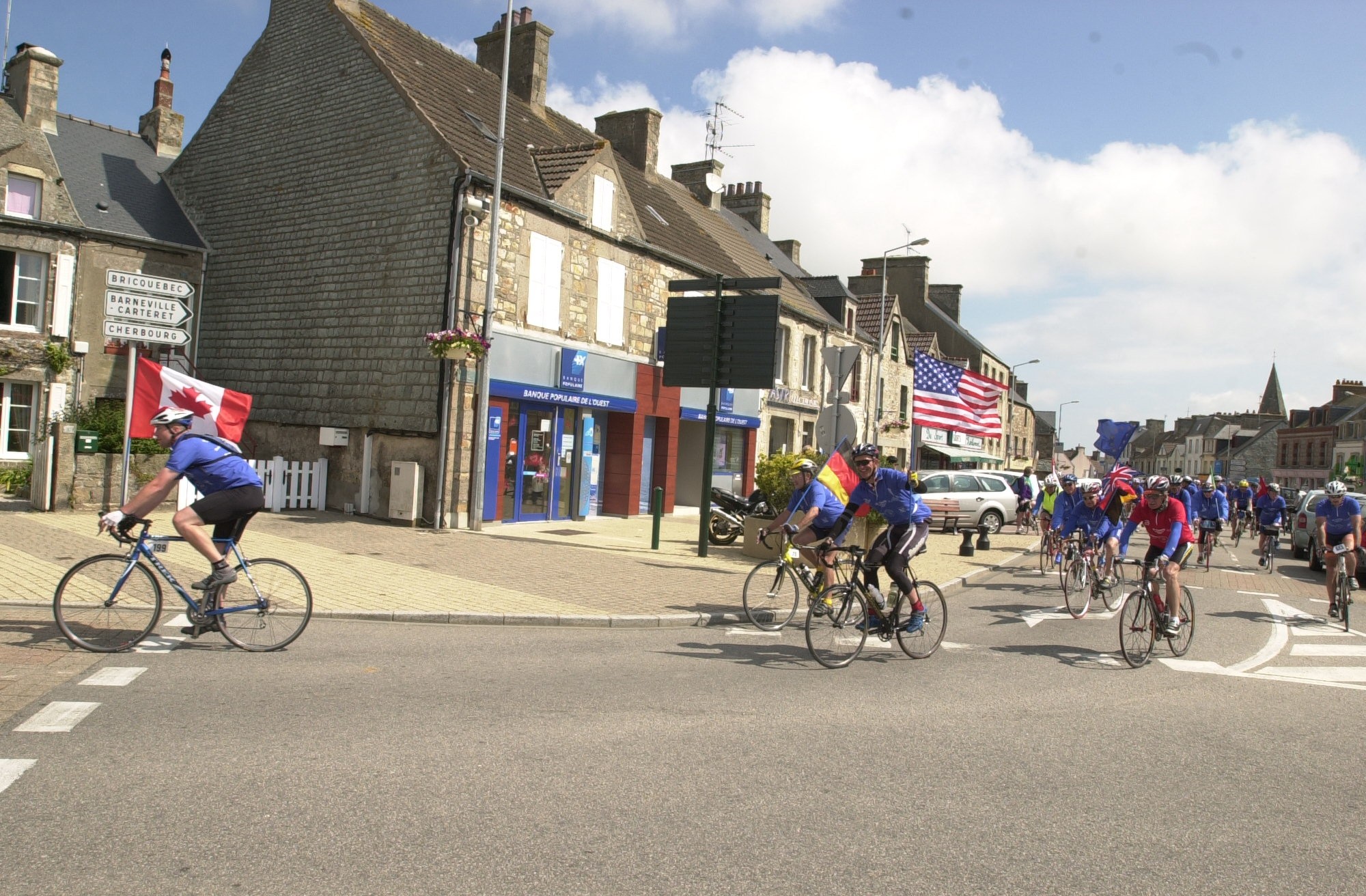
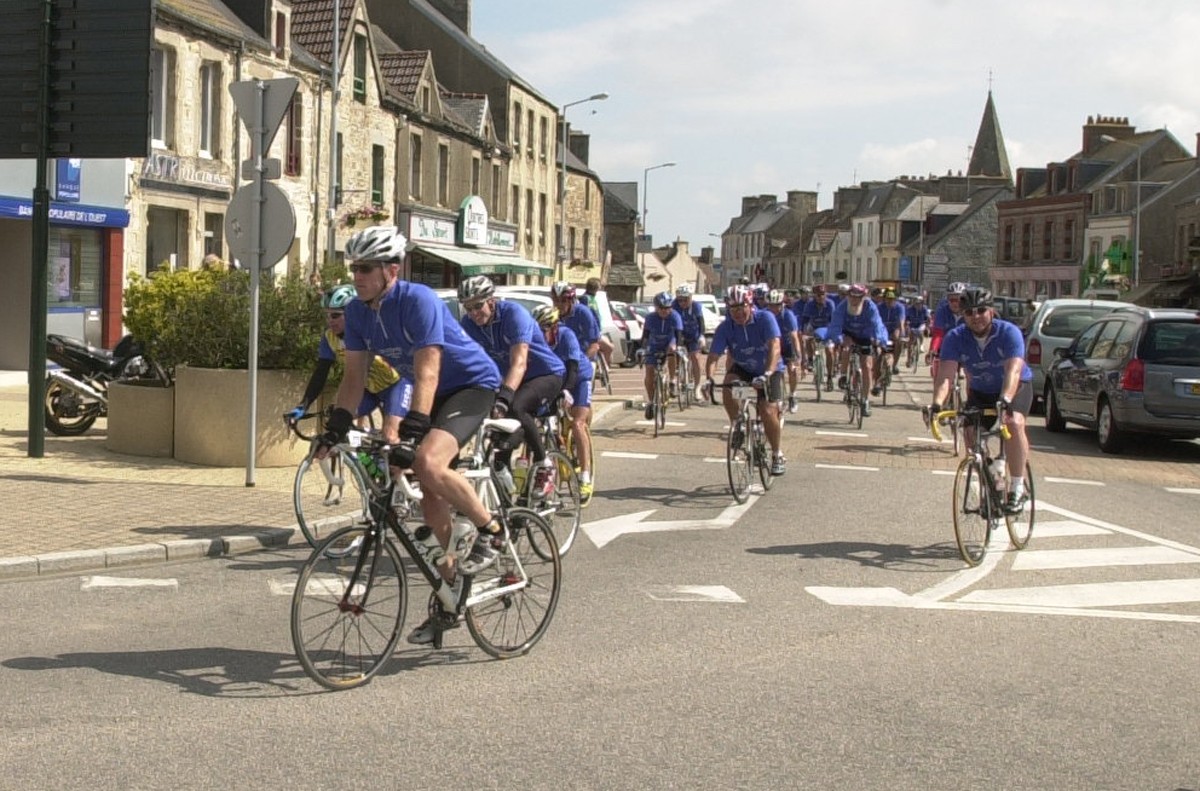
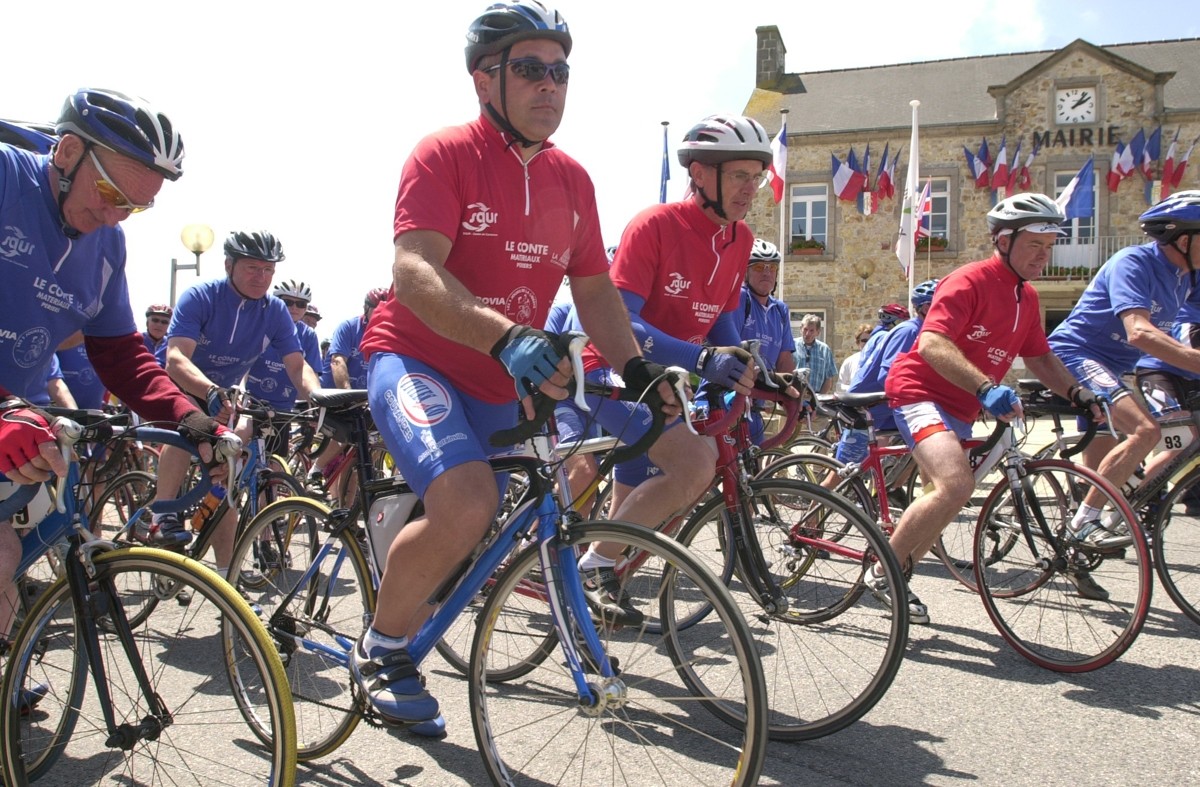
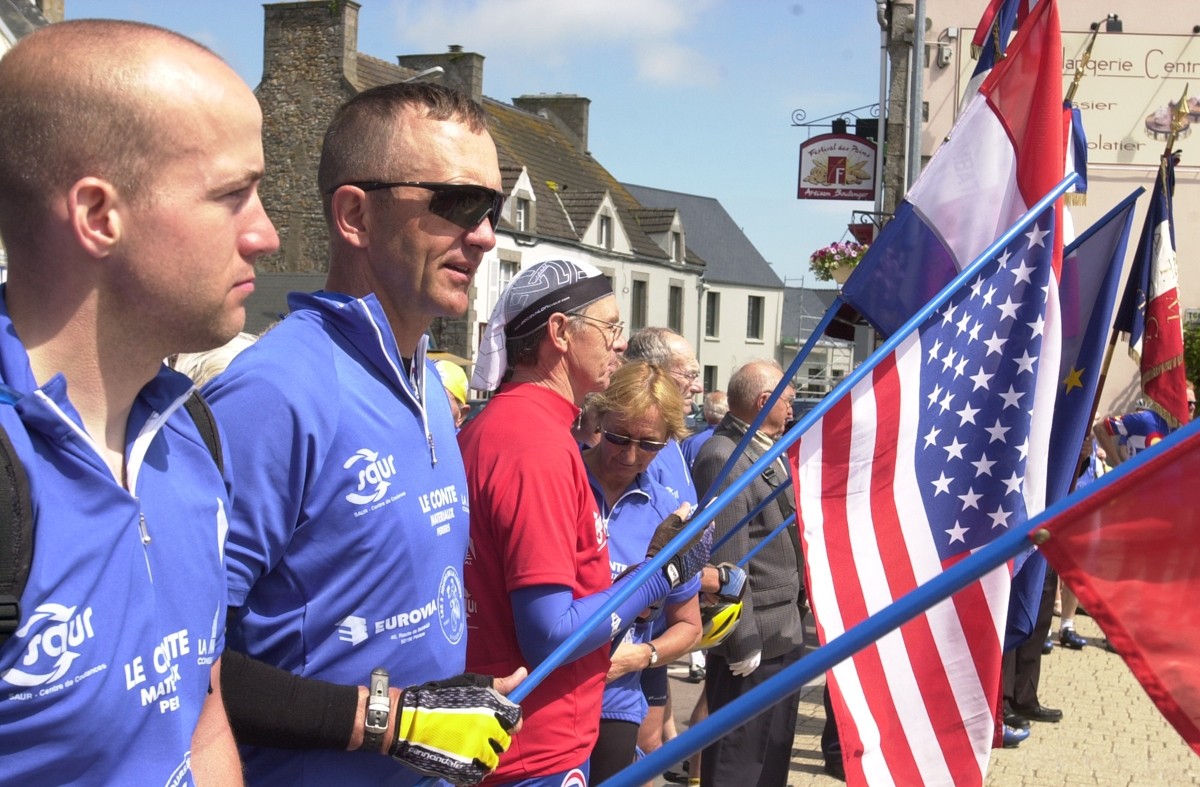
Social Sharing